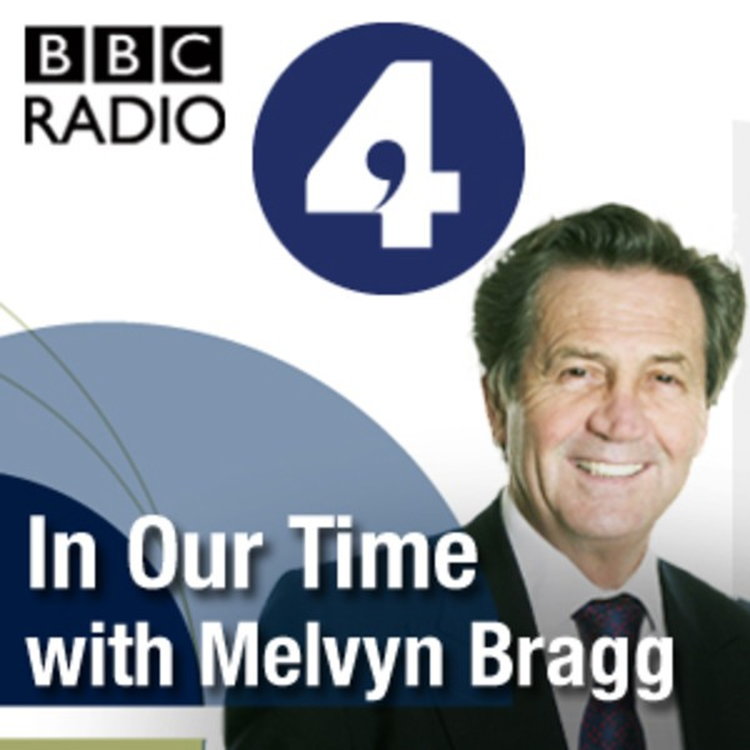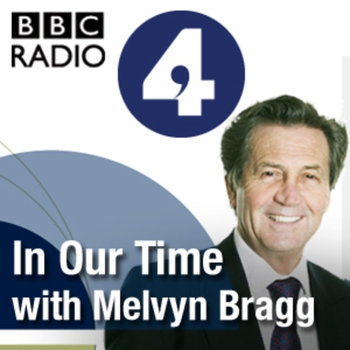
Kali
Loading player...
Melvyn Bragg and guests discuss the Hindu goddess Kali, often depicted as dark blue, fierce, defiant, revelling in her power, and holding in her four or more arms a curved sword and a severed head with a cup underneath to catch the blood. She may have her tongue out, to catch more blood spurting from her enemies, be wearing a garland of more severed heads and a skirt of severed hands and yet she is also a nurturing mother figure, known in West Bengal as ‘Maa Kali’ and she can be fiercely protective. Sometimes she is shown as young and conventionally beautiful and at other times as old, emaciated and hungry, so defying any narrow definition.
With
Bihani Sarkar
Senior Lecturer in Comparative Non-Western Thought at Lancaster University
Julius Lipner
Professor Emeritus of Hinduism and the Comparative Study of Religion at the University of Cambridge
And
Jessica Frazier
Lecturer in the Study of Religion at the University of Oxford and fellow at the Oxford Centre for Hindu Studies
During this discussion, Julius Lipner reads a translation of a poem by Kamalakanta (c.1769–1821) "Is my black Mother Syama really black?" This translation is by Rachel Fell McDermott and can be found in her book Singing to the Goddess, Poems to Kali and Uma from Bengal (Oxford University Press, 2001)
Producer: Simon Tillotson
Reading list:
Mandakranta Bose (ed.), The Goddess (Oxford University Press, 2018)
John S. Hawley and Donna M. Wulff (eds.), Devi: Goddesses of India (University of California Press, 1996)
Knut A. Jacobsen (ed.), Brill's Encyclopedia of Hinduism, vol 1 (Brill, 2025)
David Kinsley, Hindu Goddesses: Visions of the Divine Feminine in the Hindu Religious Tradition (University of California Press, 1986), especially chapter 8
Rachel Fell McDermott and Jeffrey J. Kripal (eds.), Encountering Kālī in the margins, at the center, in the west (University of California Press, 2003)
In Our Time is a BBC Studios Audio Production
With
Bihani Sarkar
Senior Lecturer in Comparative Non-Western Thought at Lancaster University
Julius Lipner
Professor Emeritus of Hinduism and the Comparative Study of Religion at the University of Cambridge
And
Jessica Frazier
Lecturer in the Study of Religion at the University of Oxford and fellow at the Oxford Centre for Hindu Studies
During this discussion, Julius Lipner reads a translation of a poem by Kamalakanta (c.1769–1821) "Is my black Mother Syama really black?" This translation is by Rachel Fell McDermott and can be found in her book Singing to the Goddess, Poems to Kali and Uma from Bengal (Oxford University Press, 2001)
Producer: Simon Tillotson
Reading list:
Mandakranta Bose (ed.), The Goddess (Oxford University Press, 2018)
John S. Hawley and Donna M. Wulff (eds.), Devi: Goddesses of India (University of California Press, 1996)
Knut A. Jacobsen (ed.), Brill's Encyclopedia of Hinduism, vol 1 (Brill, 2025)
David Kinsley, Hindu Goddesses: Visions of the Divine Feminine in the Hindu Religious Tradition (University of California Press, 1986), especially chapter 8
Rachel Fell McDermott and Jeffrey J. Kripal (eds.), Encountering Kālī in the margins, at the center, in the west (University of California Press, 2003)
In Our Time is a BBC Studios Audio Production

